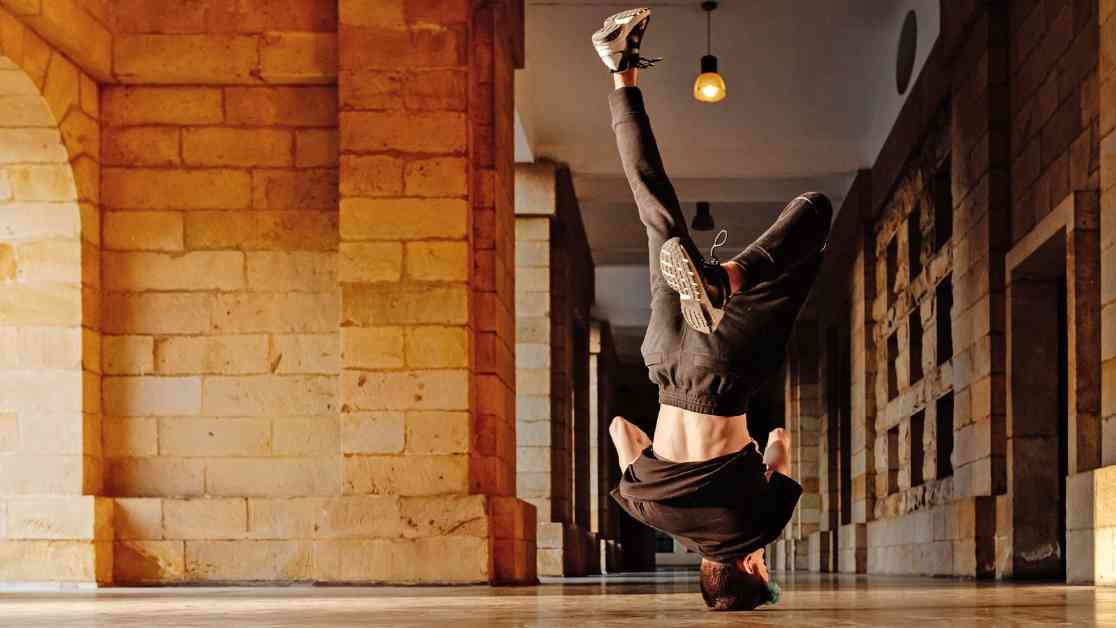Breakdancers have recently been warned about the potential risks of developing a condition known as “cone-head” due to the repetitive headspins involved in their routines. The caution comes after a case of a man in his 30s from Denmark who had been breakdancing for almost two decades and developed what was referred to as a “breakdance bulge” on his head.
The man’s intense training regimen included approximately five sessions per week, with each session lasting about 1.5 hours. During these sessions, pressure was applied to his head for two to seven minutes at a time, leading to the development of a mass on his scalp. Despite experiencing discomfort and feeling self-conscious about the bulge, the man continued to headspin regularly.
After seeking medical help, it was determined that the man did not have cancer or any other serious diseases. Instead, he was diagnosed with a “headspin hole,” which presented as a fibrous mass on his scalp. This condition is characterized by symptoms such as hair loss, inflammation, numbness, and the formation of a lump on the scalp. The radiologic term “cone-head sign” is used to describe this condition.
The man underwent surgery to remove the lump, which significantly improved his appearance and overall quality of life. Following the operation, he expressed satisfaction with the results and was relieved to be able to go out in public without having to hide his head with a hat.
Although the report does not discourage breakdancers from performing headspins altogether, it advises those who notice early signs of a breakdance bulge to consider reducing or avoiding headspins to prevent further enlargement of the bulge. Dr. Christian Baastrup Sondergaard, a neurosurgeon involved in the case, emphasized the importance of early intervention and highlighted the success of surgical treatment in improving the patient’s condition.
In addition to the medical implications of breakdancing-related injuries, the case also sheds light on the physical demands and potential risks associated with this art form. While breakdancing has gained popularity as an Olympic sport, recent events have brought attention to the need for awareness and preventive measures to protect dancers from developing serious health issues.
The case of the Danish breakdancer serves as a valuable addition to the medical literature and underscores the importance of further research into breakdancing injuries. By identifying and addressing underreported conditions and injury mechanisms, healthcare professionals can better support breakdancers and promote safe practices within the community.










